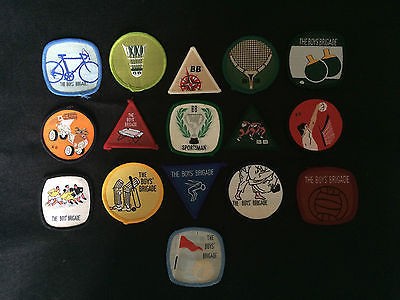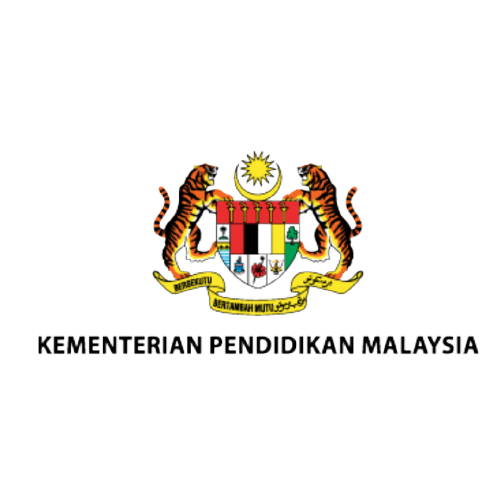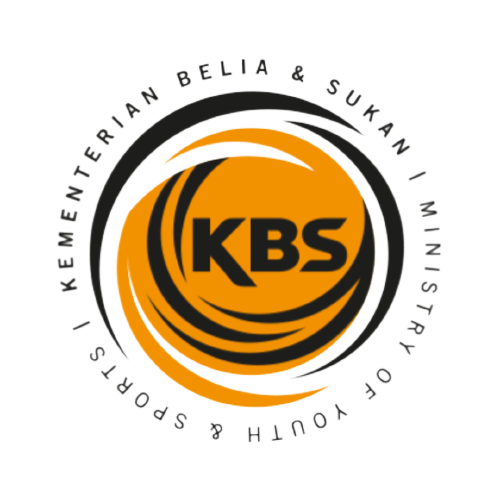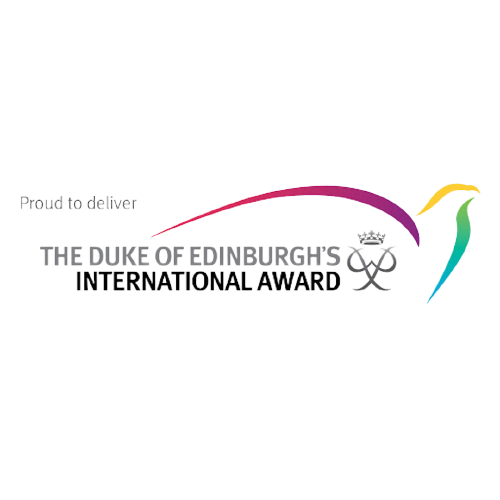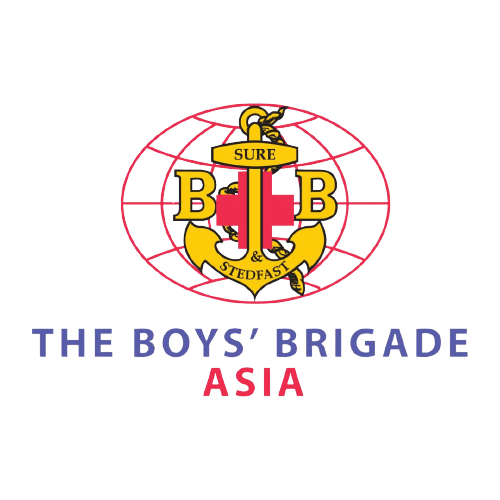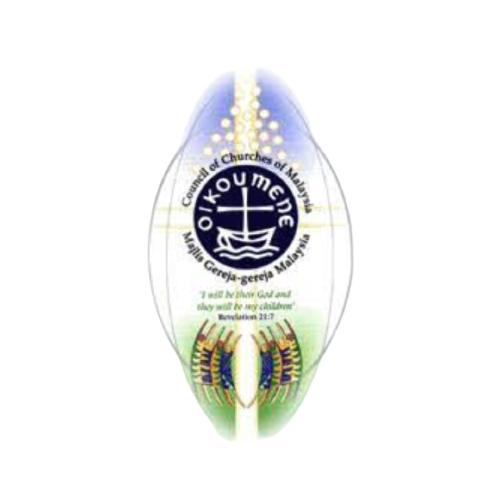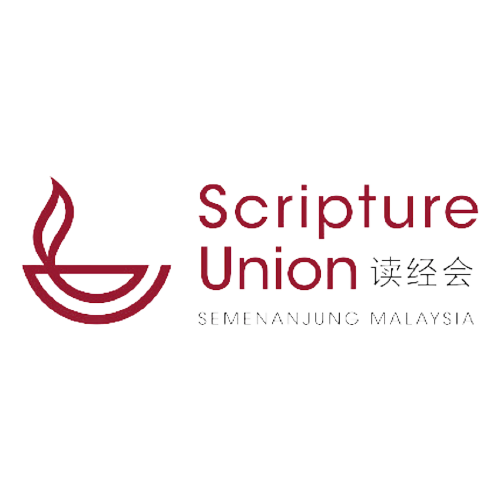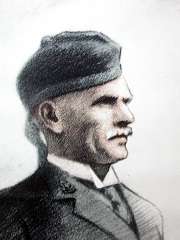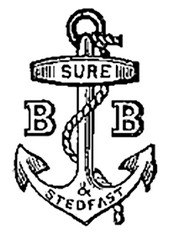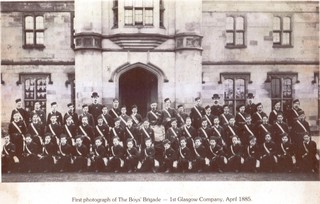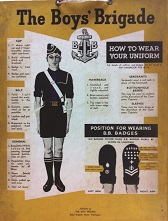Have you seen this cloth before? Well, it is not just a regular cloth. These cloth is being called the Sportsman Colours. This cloth is introduced on the late 70s in Malaysia which is adapted from the Boys Brigade in the UK. These cloths are introduced to assess boys that are taking the Sportsman Badge. Unfortunately, this cloth system slowly phases out towards the end of the 90s. However, this award scheme still exists in the 2nd version of BBM handbook(1993).
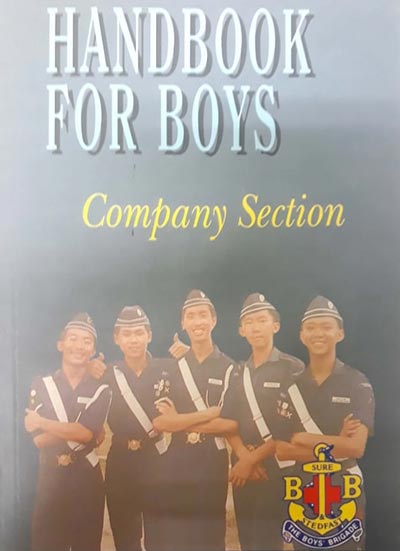
BB Handbook version 1993
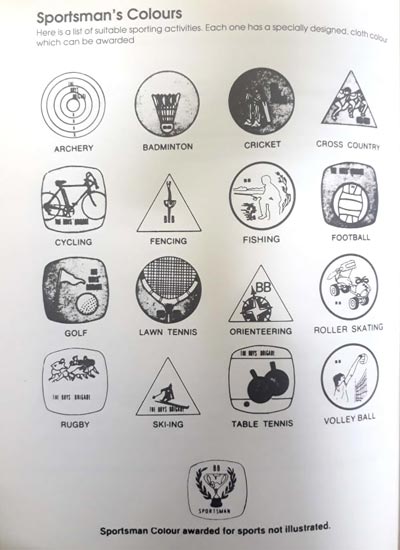
BB Handbook version 1993
The Sportsman’s colour consists of several subjects such as
- Archery
- Badminton
- Basketball
- Cross country
- Cycling
- Fencing
- Fishing
- Football
This gives the boys the chance to explore and venture into other kinds of sports. So how do they get thesecolours? The boys need to participate regularly in the activity of the certain Sportsman’s colour for at least three months. Next, they needed to attend training and instructional periods, and show a good amount of progress in their own personal performance. Next, the participant must represent their company or battalion with a reasonable amount of matches with satisfactory conduct. Lastly, they must also have a wide aspect of history and rules on sports. Only 1 colour of each sport or game can be obtained in 1 session.
In order to get sportsman badge itself, one must hold at least 3 of the sportsman’s colours. As for stage 2, it is awarded to boys that hold stage 1 in the previous session and subsequently gained three further colours and as for stage 3, another 3 colours.
Today, the Sports Badge requirement slightly differs from the previous awards scheme.
In order to get sportsman badge itself, one must hold at least 3 of the sportsman’s colours. As for stage 2, it is awarded to boys that hold stage 1 in the previous session and subsequently gained three further colours and as for stage 3, another 3 colours.
Today, the Sports Badge requirement slightly differs from the previous awards scheme.
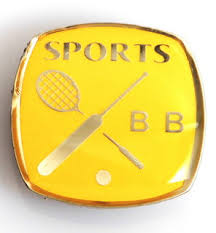
Basics
Advance
For BB Members, If you think you know more than us about this badge, feel free to drop us an email at [email protected].,
we would LOVE to know more!
we would LOVE to know more!
Don’t forget to LIKE and COMMENT at our Facebook page @bbmalaysia

